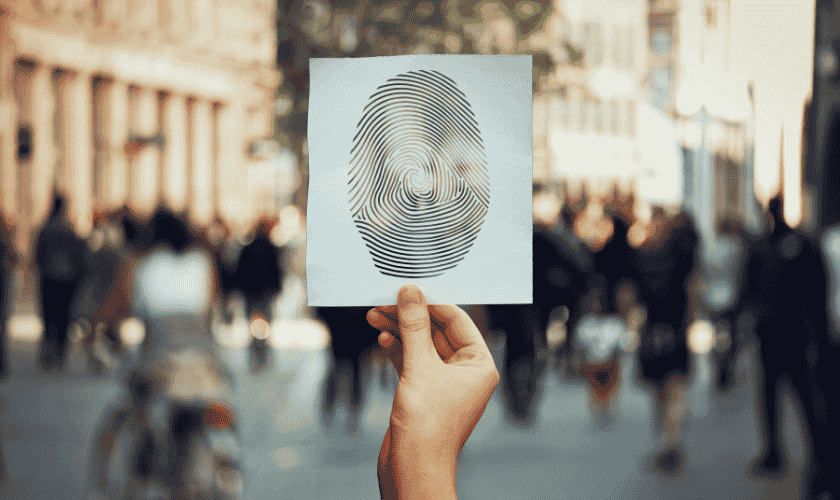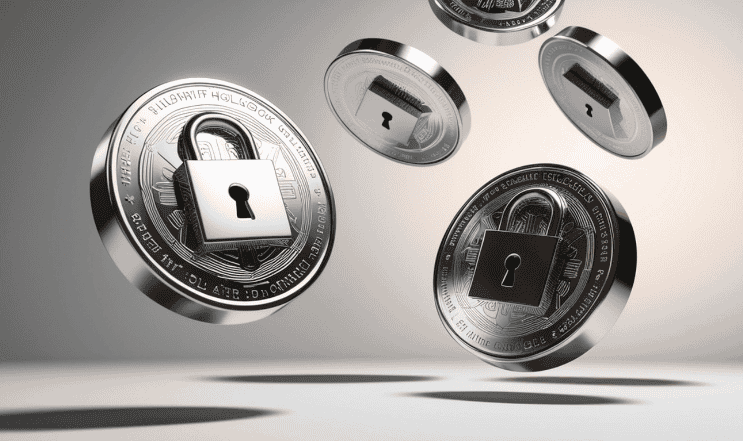
| 

In a world where fraud and impersonation are becoming increasingly sophisticated, the way we verify identity is more critical than ever. For years, manual identity checks—such as visual passport verification or paperwork validation—have been the standard. But as technology advances and risks grow, relying solely on manual checks poses serious challenges. Here’s a closer look at the risks of manual identity checks and why digital alternatives are now the smarter, safer choice.
Human error and inconsistencies
One of the most significant risks of manual identity checks is human error. Whether it’s a rushed glance at a photo ID, misreading a document, or accepting a poor-quality photocopy, mistakes can happen all too easily. Unlike machines, people can be distracted or fatigued, especially during high-volume processes. This inconsistency opens the door to fraudulent documents slipping through undetected.
Digital verification tools, on the other hand, use AI and machine learning to assess documents, detect tampering, and cross-reference databases—all in seconds. This automation ensures far greater accuracy and reliability, reducing the margin for error dramatically.
Lack of security and traceability
Manual checks often rely on physical documents and face-to-face interactions, which aren’t always secure or trackable. A document can be forged, lost, or mishandled without leaving an audit trail. This creates risks for both individuals and organisations, especially in sectors where compliance and record-keeping are essential.
Digital identity checks produce a secure, encrypted record of every verification performed. These logs can be stored and accessed as needed, offering traceability and legal compliance, especially under UK GDPR requirements. This level of accountability is simply not possible with manual methods.
Time-consuming and inefficient
Manual identity verification is slow. It often involves collecting paperwork, checking it against other sources, making copies, and storing physical records—all of which waste time and resources. This not only delays onboarding and service delivery but can frustrate users or customers in the process.
Digital verification is significantly faster. Customers can verify their identity from their phone or laptop in a matter of minutes, without needing to attend in person or mail documents. Businesses benefit from smoother workflows and shorter turnaround times.
Vulnerability to fraud
Fraudsters have become highly skilled at forging documents that look authentic to the naked eye. Manual checks are often unable to detect subtle signs of manipulation or fake ID documents. In sensitive areas like financial services, healthcare, or right-to-work checks, this can have serious legal and financial consequences.
Digital identity systems use biometric analysis, document validation, and real-time data checks to identify fakes. These systems are regularly updated to catch new fraud tactics, giving businesses a better defence against identity fraud.
Why digital is the future of identity verification
In today’s digital-first world, manual identity checks are outdated. They expose businesses to risk, slow down operations, and offer limited protection against fraud. Digital ID verification is faster, more secure, and fully compliant with UK regulations—making it the preferred method across industries.
At VerifyOnline.co.uk, we provide advanced digital identity solutions tailored to your compliance needs. Make the switch today and stay ahead of risk.


